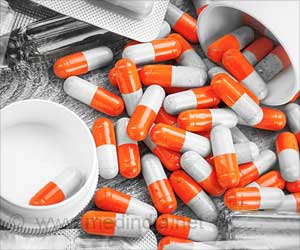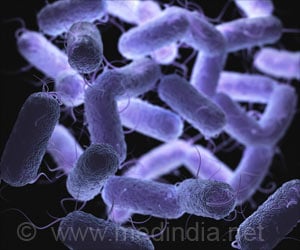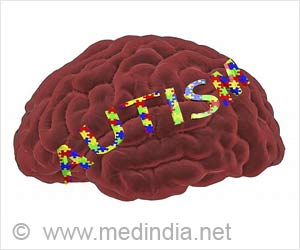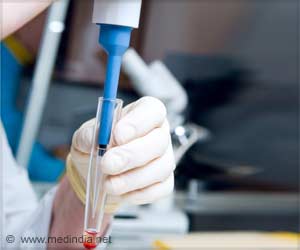Researchers developed a method to rapidly screen drug candidates, advancing efforts against drug-resistant bacteria by identifying promising MraY inhibitors.

Design and Synthesis of Novel Antimicrobial Agents
Go to source).
Targeting MraY: A Promising Approach to Combat Antimicrobial Resistance
Researchers at Hokkaido University, led by Assistant Professor Kazuki Yamamoto and Professor Satoshi Ichikawa from the Faculty of Pharmaceutical Sciences, have developed a new method to streamline the search for antimicrobial drug candidates. This work, conducted in collaboration with researchers in Japan and the USA, is detailed in an article published in Nature Communications.‘Did You Know?
A new method screens 686 drug analogs, identifying effective MraY inhibitors with low toxicity. #medindia #antimicrobial’





Antimicrobial resistance (AMR) in bacteria presents a growing and severe challenge to global healthcare, leaving clinicians struggling to treat various serious and potentially deadly infections.A new method screens 686 drug analogs, identifying effective MraY inhibitors with low toxicity. #medindia #antimicrobial’
One promising target for new drugs against a variety of AMR bacteria is an enzyme embedded in bacterial cell membranes called phospho-N-acetylmuramoyl-pentapeptide-transferase (MraY). This enzyme catalyzes formation of a specific lipid molecule, called lipid I, that is essential for bacteria to survive. Several inhibitors of MraY activity are already known, but improved versions are urgently required.
“In this study, we used four known classes of MraY inhibitors that are used as antibiotics,” explains Yamamoto. “We developed a drug discovery platform (in situ build-up library method) that combines a comprehensive synthesis method for natural product derivatives and direct biological activity evaluation.”
The team split known inhibitors into MraY binding regions (cores) and activity modulating regions (accessories). From 7 cores and 98 accessories, they generated a library of 686 MraY inhibitor analogs. These analogs were tested against MraY, and eight analogs possessing strong MraY inhibitory and antibacterial activity were identified.
“After splitting the natural products, we attached aldehyde groups to the cores and hydrazine groups to the accessories. These groups react with each other to produce a hydrazone bond—allowing us to create the analog library in a straightforward manner,” Yamamoto elaborates.
Advertisement
Versatility of the New Drug Discovery Method
The eight analogs were resynthesized in stable forms and their effectiveness was verified. Analog 2 had the highest effectiveness against drug-resistant strains followed by analogs 3 and 6. Additionally, analog 2 was effective in mouse infection models—a very promising feature, as demonstrating efficacy in live animals is a key step towards developing successful new drugs.Early indications also suggest the candidate drugs currently identified have low toxicity against cells other than the targeted bacteria, raising hopes that they could lead to a range of antimicrobials that could safely be used in patients.
Advertisement
By showing that their method can be applied to other classes of medication, the researchers have opened a significantly more general new avenue in drug development.
Reference:
- Design and Synthesis of Novel Antimicrobial Agents - (https://www.ncbi.nlm.nih.gov/pmc/articles/PMC10045396/)
Source-Eurekalert













